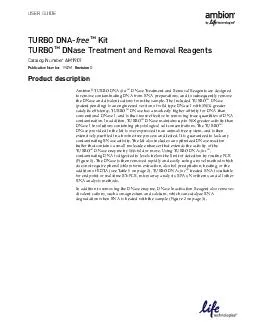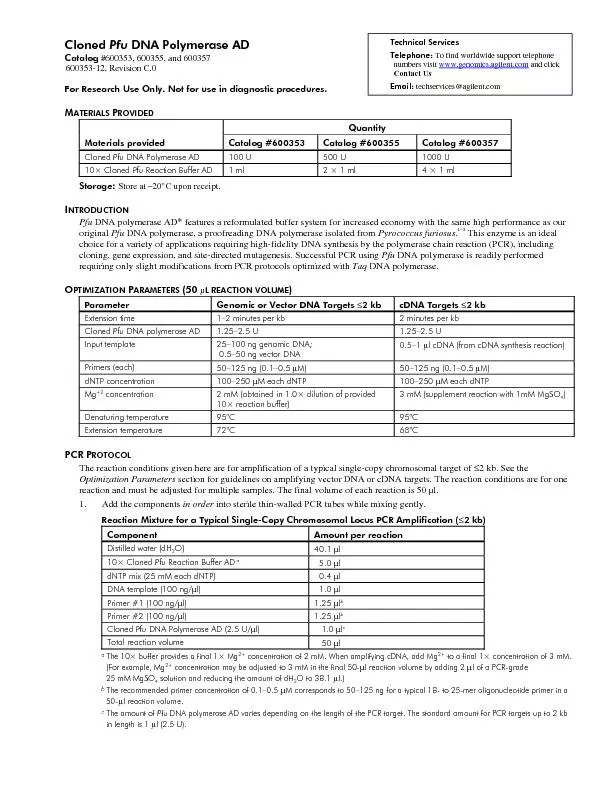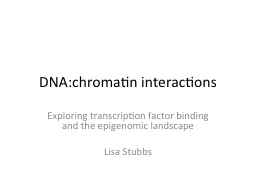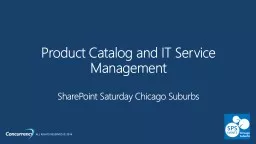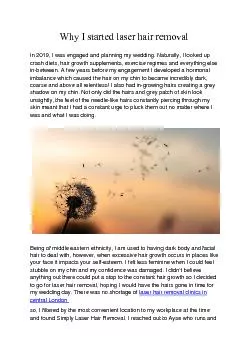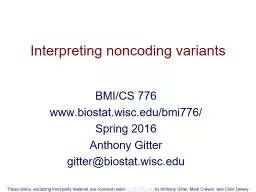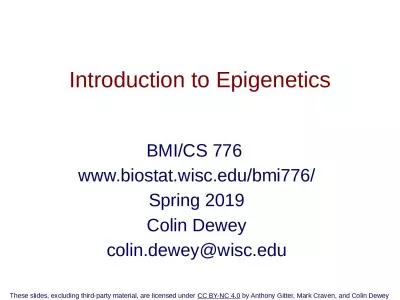PDF-USER GUIDE TURBO DNA free Kit TURBO DNase Treatment and Removal Reagents Catalog Number
Author : min-jolicoeur | Published Date : 2015-01-17
Equal amounts of mouse spleen total RNA purified using the RNAqueous Kit were either treated with 7857346U of TURBO DNA free in a 1305734657347L reaction for 2057346min
Presentation Embed Code
Download Presentation
Download Presentation The PPT/PDF document "USER GUIDE TURBO DNA free Kit TURBO DNas..." is the property of its rightful owner. Permission is granted to download and print the materials on this website for personal, non-commercial use only, and to display it on your personal computer provided you do not modify the materials and that you retain all copyright notices contained in the materials. By downloading content from our website, you accept the terms of this agreement.
USER GUIDE TURBO DNA free Kit TURBO DNase Treatment and Removal Reagents Catalog Number: Transcript
Download Rules Of Document
"USER GUIDE TURBO DNA free Kit TURBO DNase Treatment and Removal Reagents Catalog Number"The content belongs to its owner. You may download and print it for personal use, without modification, and keep all copyright notices. By downloading, you agree to these terms.
Related Documents

